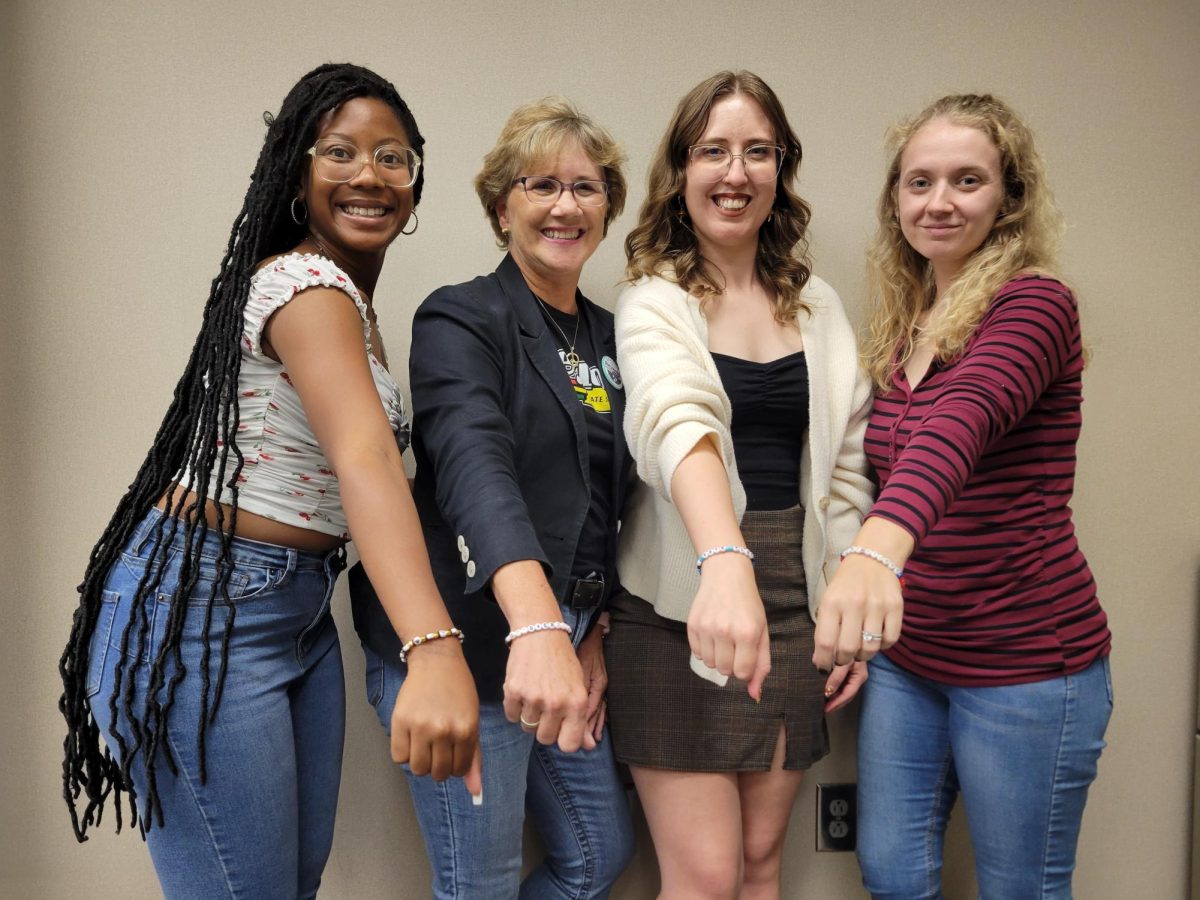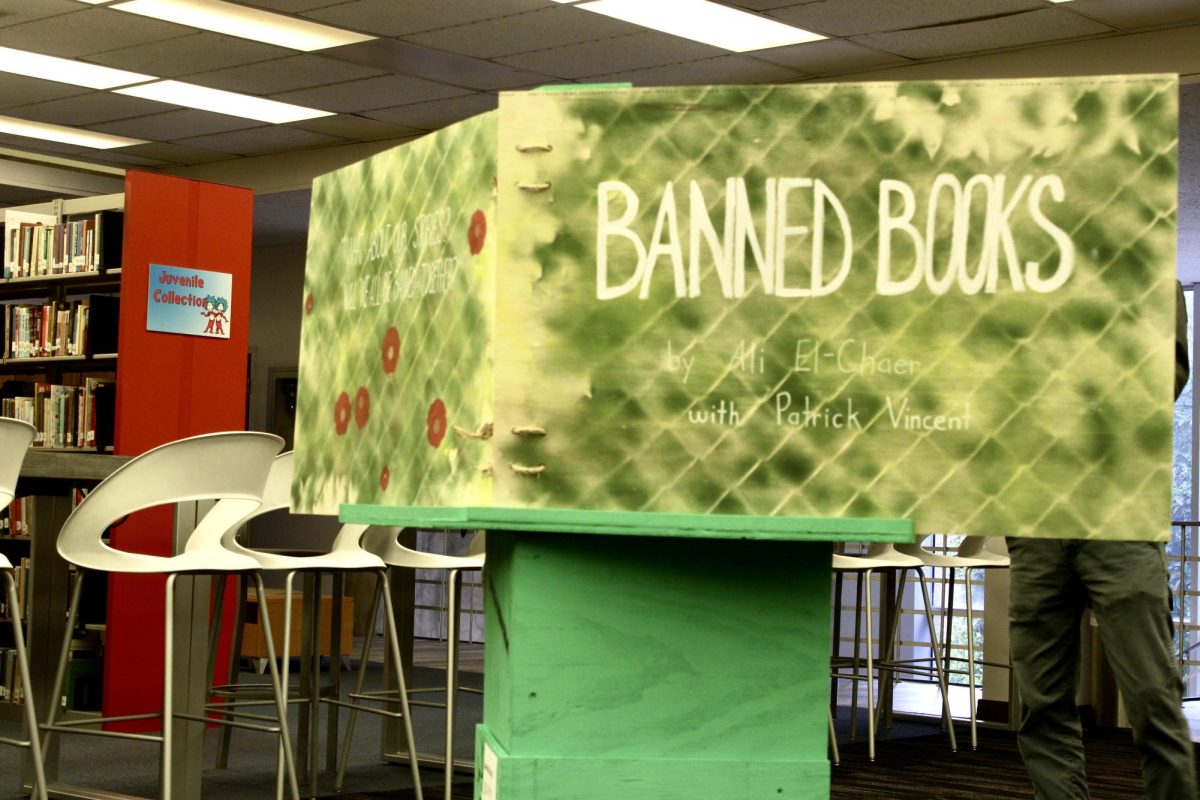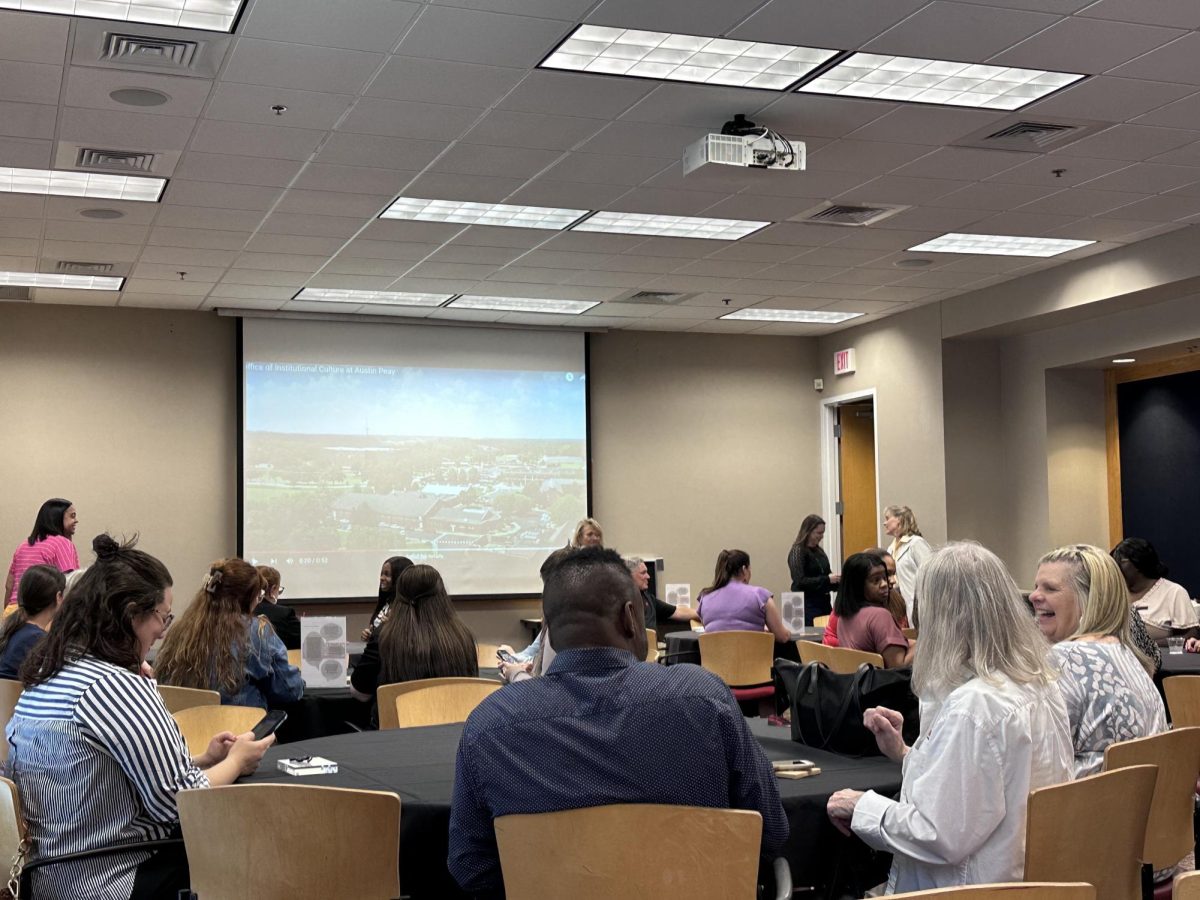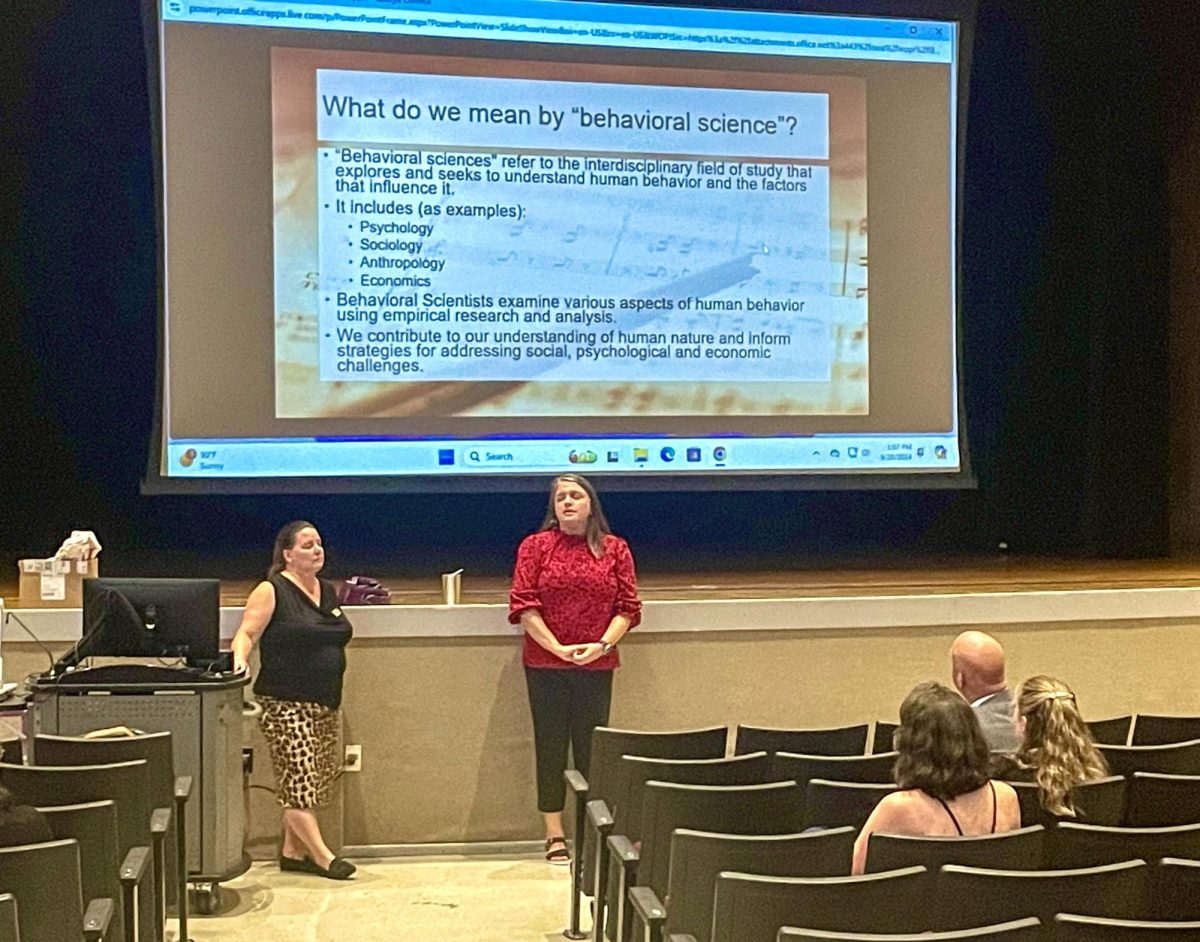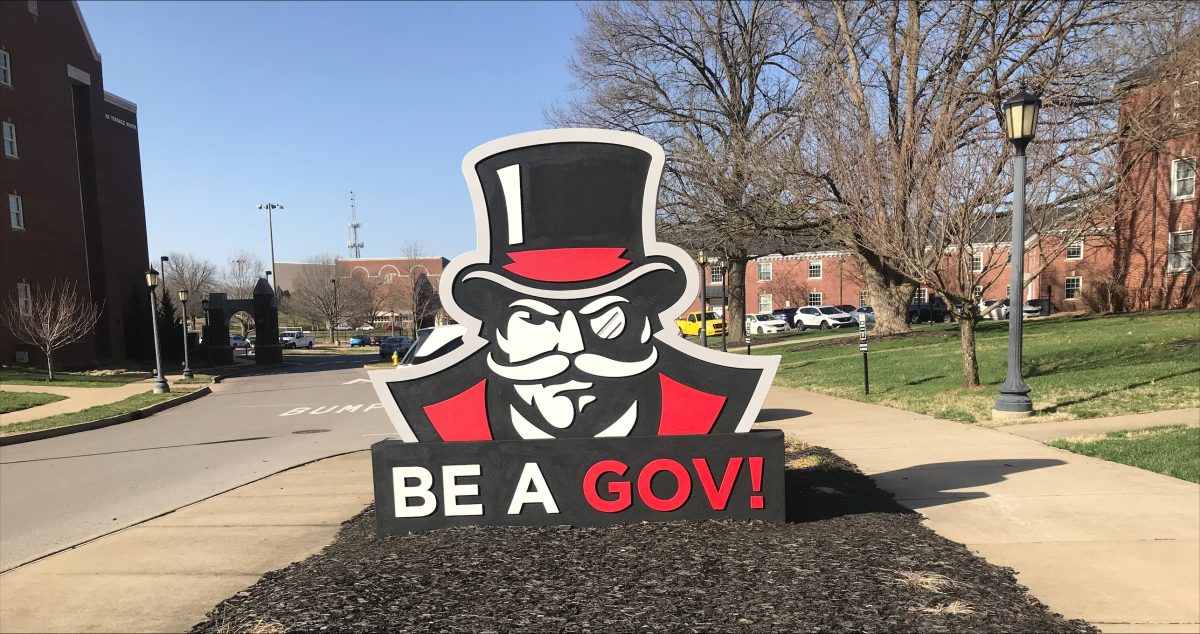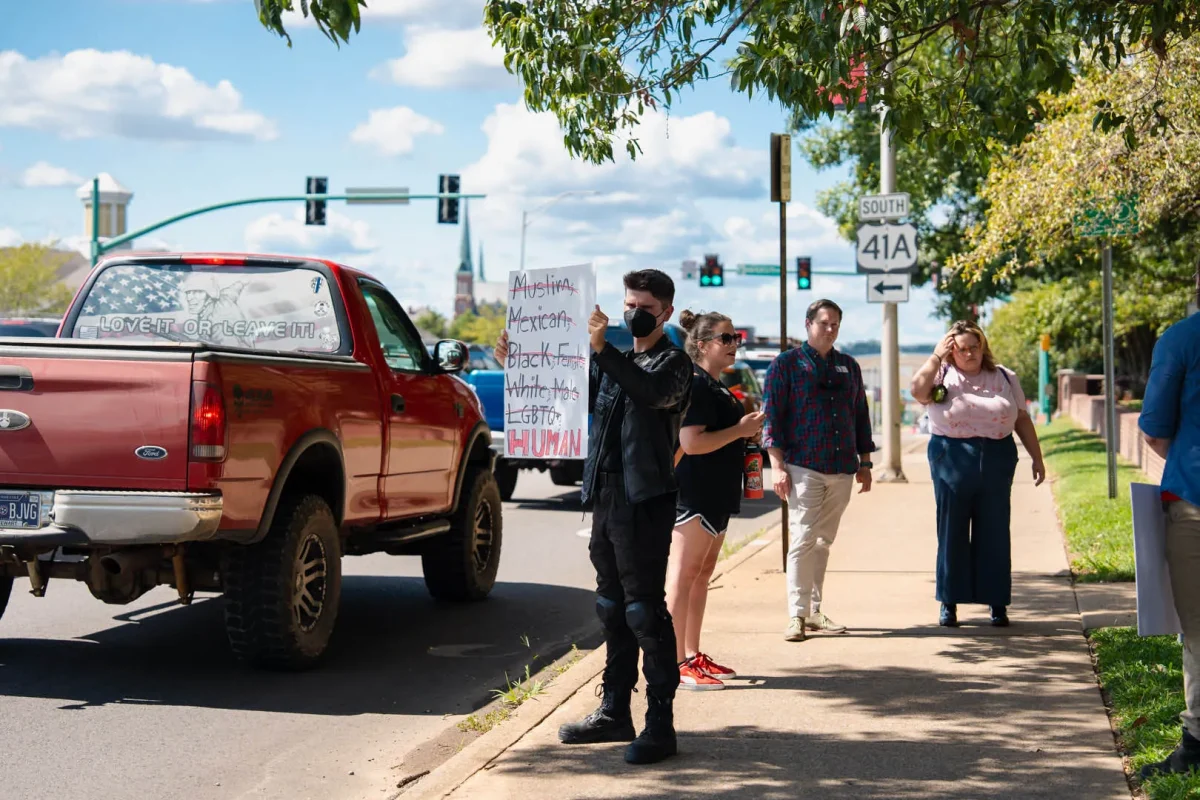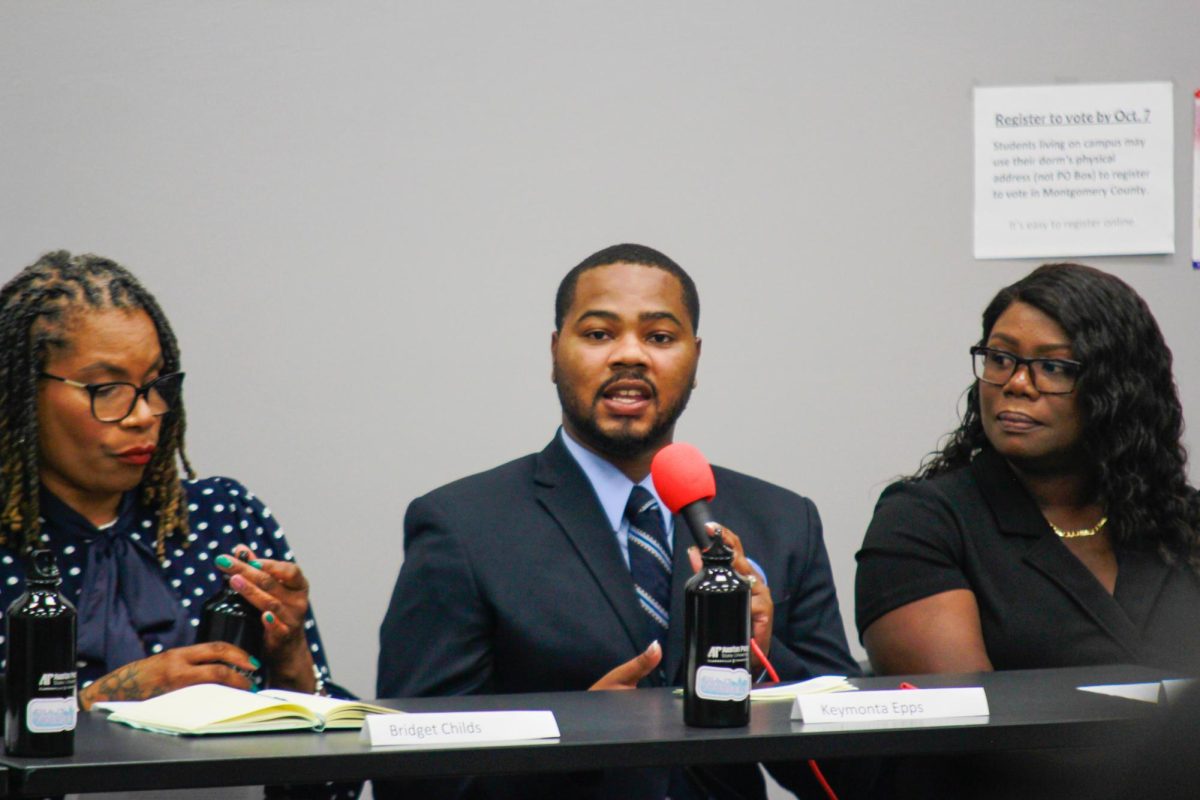CLARKSVILLE, Tenn. — There is a tree near the Browning and McCord Buildings on the campus of Austin Peay State University that has seen it all. Over the years, the massive oak has watched Austin Peay grow from a normal school to a college to a University with over 10,000 students, all the while withstanding the passage of time — and the pounding of an F4 tornado that devastated Clarksville in 1999.
There is also a tree about 50 feet away that has seen very little. The newest addition to campus, the tree was planted by Austin Peay President Alisa White and alumnus Evans Harvill (’46), son of former president Halbert Harvill, in honor of the University’s 90th birthday.
Few people pay either tree — or any, for that matter — much mind as they navigate campus, but to those who want to learn more about the history of Austin Peay, the thousands of trees that dot the University’s 110 acres of land have stories to tell. And with the help of University faculty and staff, one Austin Peay student has begun the process of documenting that history with the University’s first-ever tree inventory.
This summer, David Woods has been traveling the campus, using modern GPS technology to identify each of the roughly 2,500 trees on the University’s Clarksville campus. With that information, Austin Peay’s landscaping and grounds workers can trace the campus’ landscaping history, as well as identify non-native, invasive species that need removal and damaged trees that pose potential safety hazards.
“I was taking an applied GPS class this past semester, when (assistant director of landscape and grounds) Wes Powell and (former director of the Office of Undergraduate Research) Chris Gentry gave a presentation about this tree project and were looking for people to get on board,” Woods said. “I also work in Austin Peay’s GIS Center, so I was familiar with an app from a company called Esri called Collector, which is a quick way to collect data, that I thought would be a great option for this project.”
With Woods’ idea greenlit, he spent the remainder of the semester working alongside Powell and the GIS Center to create a format with which he could collect and store information on each tree. A set of criteria is verified for each tree, including its location, canopy diameter, height and trunk circumference, as well as any visible root plate — the part of the root needed to keep a tree firm against the wind — issues. From there, the data is inputted into a smartphone application and uploaded to a cloud server accessible by project members.
In his short time, Woods said he has noted examples of a number of the University’s estimated 121 species of trees, as well as instances of Mother Nature’s impact on Austin Peay’s campus.
“The biggest tree on campus is out in front of Browning and McCord, but across the way in that complex is Clement, which has the same, but noticeably smaller trees, because that building took a lot more damage from the 1999 tornado and they had to replant during the reconstruction process,” Woods said. “Another example is the remodel to the landscaping around Fortera Stadium after the tornado. If you look at that area, there are 15-year-old trees adjacent to brand-new trees planted following the remodel of the home side of the stadium just a couple of years ago.”
Powell said he expects the inventory to continue long after Woods’ work ends, as the campus’s size and constantly changing landscape lends itself to an ongoing project.
“I’m hoping that I can continue after David leaves with more students, because these kinds of inventories typically take 2-3 years to come together, and why bring in an outside firm when you can have students tackle the project and use it as a learning experience,” Powell said. “But even still, I expect this to be a living document that is always being updated long after even my time here is done.”
Woods’ work is funded through a Community Engagement Research Fellowship from the University’s Center for Service-Learning and Community Engagement, which also provided office space and financial support for the project.
The tree inventory is an example of the types of opportunities available to Austin Peay students through departments such as the Office of Undergraduate Research and the Center for Service-Learning and Community Engagement. An up-to-date, living campus inventory is mutually beneficial, as the University gains valuable information, while student workers earn experience desired by potential employers.
“(Austin Peay) is always looking for opportunities for students to transfer their classroom skills to real-world applications, and David’s work is very similar to the work being done by the city of Clarksville and other cities around the country,” Gentry said. “This project provides a fantastic resource for Austin Peay, and it demonstrated to employers that David has developed the technical skills and project management experience they want while at Austin Peay.”
For more information on the Office of Undergraduate Research, visit www.apsu.edu/osri. To find out more about the Center for Service-Learning and Community Engagement, visit www.apsu.edu/volunteer.




